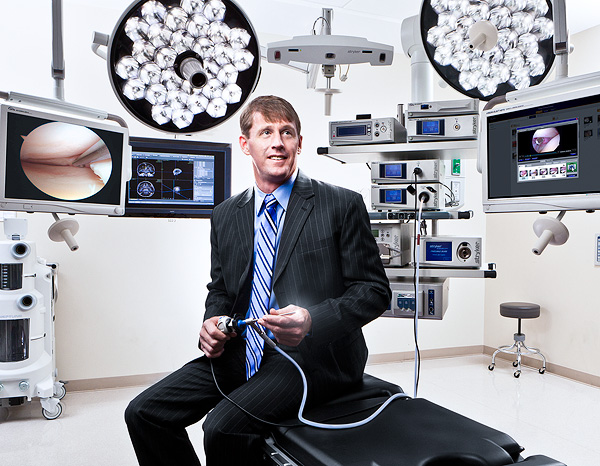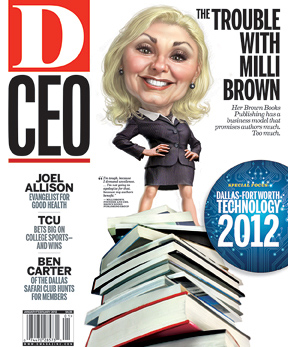Hospital operating rooms are special places: They are stages on which health is restored and lives are saved. Yet they’re typically messier than your 9-year-old’s bedroom, says Chad Croasdale.
“Most U.S. operating rooms are strewn with medical devices sent in on carts that really clutter the surgical field,” says Croasdale, general manager of Stryker Communications in Flower Mound. “It’s a chaotic environment.”
That’s where Stryker Communications comes in. A unit of medical-technology behemoth Stryker Corp., its “iSuite” integrated solutions do away with the typical muddle of equipment and cables, improving efficiency and reducing accident risk for surgeons and staff.
The iSuites have been installed in more than 6,500 operating rooms in 30 countries since 1992. Locally, they can be found at Baylor University Medical Center, Presbyterian Hospital of Plano, Forest Park Medical Center, and many other hospitals.
Nationally, Stryker owns more than 50 percent of the integrated O.R. market, Croasdale says. But there’s still much growth potential: Only about 20 percent of U.S. operating rooms currently use the kind of technology that’s made in Flower Mound.
Croasdale would not reveal revenue figures, but says his is the fastest-growing unit of Kalamazoo, Mich.-based Stryker Corp., which generates $7.3 billion in annual sales. Since Stryker moved its divisional headquarters to Flower Mound from San Diego in 2005, its employment base has grown from 140 to 360, and Croasdale expects the “rapid hiring” to continue.
Stryker’s integrated operating room solutions solve the problem of equipment sprawl in an ingenious way: by taking it vertical. Medical devices sit on an equipment boom that’s connected to the O.R. ceiling, and all the cabling runs through the ceiling to a brain center housed in cabinetry on a wall of the room.
The Flower Mound crew provides the system’s structural components, along with surgical lighting. They also make the electronics that route video signals created in surgery—from an ultrasound device, for example—to ceiling-mounted monitors in the O.R. or even remotely, to, say, an auditorium filled with 200 students. Everything from R&D to installation to service is handled at the company’s 100,000-square-foot Flower Mound facility.
Hospitals’ increasing investment in technology has supported Stryker’s growth. “In the push to get everything electronic, they’ve bolstered their IT networks and allowed us to ride them,” Croasdale says. “We can transmit to any device now, including iPads and iPhones.”
The recession has made it tougher to persuade hospitals to invest in capital equipment, but Croasdale is upbeat about his division’s prospects. “We’re in a very high-growth market and are widely considered the industry pioneer and market-share leader,” he says. “We’ve had a 10-year head start.”






